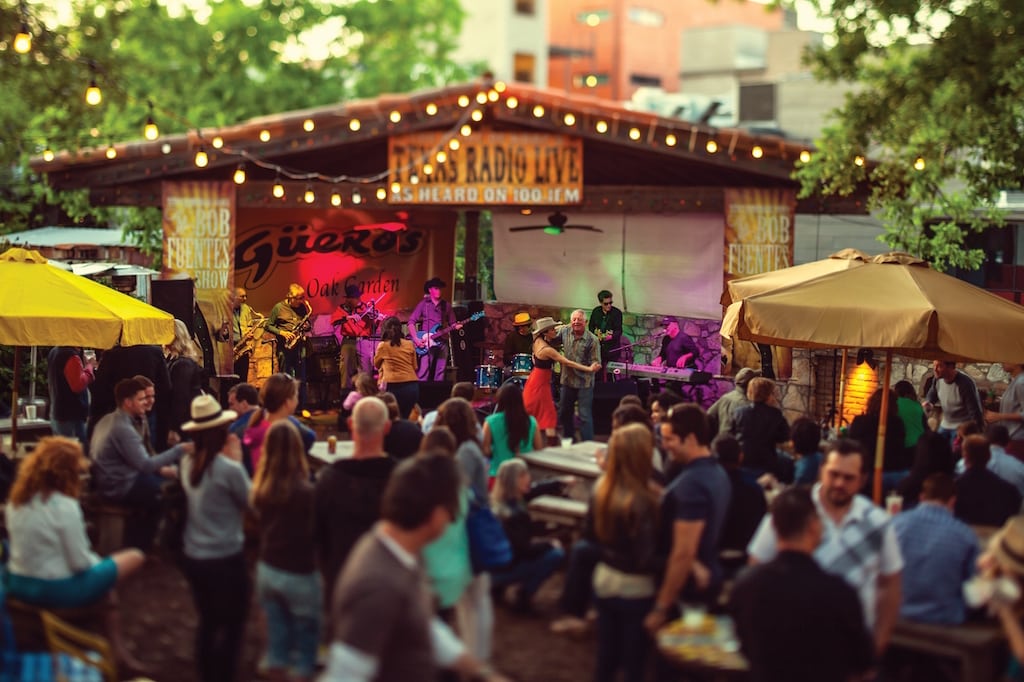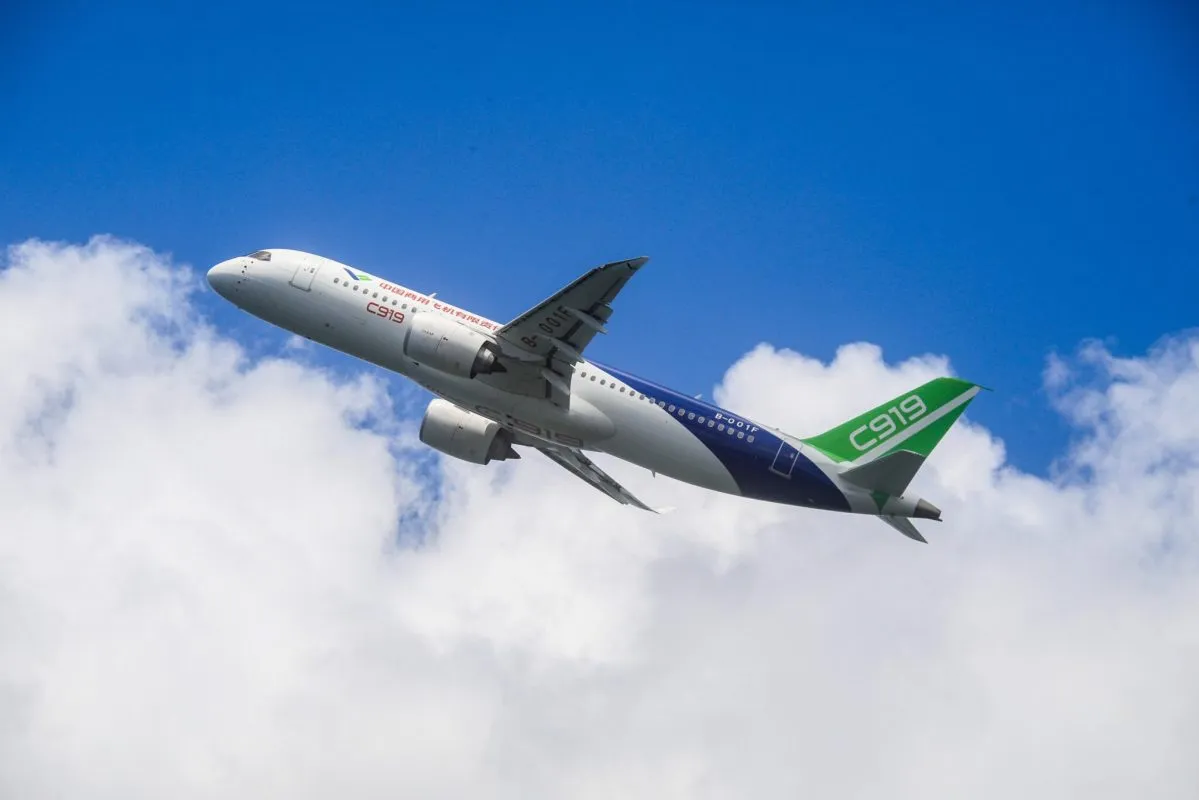The New Way for Tourism Bureaus To Measure Their Effectiveness

Skift Take
Destination Marketing Association International (DMAI) launched phase two of its DestinationNEXT research project this month during its annual convention in Austin, providing what it hopes will be a roadmap for the future of destination marketing organizations (DMOs).
As we reported last year following the roll-out of phase one, DMAI collected data from 327 tourism bureaus in 36 countries in early 2014 to collate the most significant travel consumer trends and the top DMO strategies designed to exploit those trends.
The trends and strategies were then culled into three “Transformational Opportunities” that DMOs could embrace to elevate their effectiveness, according to DMAI. Those three actions include: A shift toward two-way digital communications and social media execution; better destination-specific branding strategy and product development for both leisure and meetings markets; and more strategic collaboration with economic development organizations to pool intelligence and resources.
In an over-simplified nutshell, those three transformational opportunities revolve around social selling, experiential marketing, and a more sophisticated business model. They form the DNA for DestinationNEXT and the framework for DMAI messaging moving forward. For example, DMAI used them to delineate the three educational tracks in Austin.
Phase one was all about research, based on the large volume and international variety of DMO data. Phase one also included a DMO "Scenario Model" with four quadrants detailing different levels of destination marketing effectiveness. It was designed to help DMOs see where they plot within the model, and where they can improve their value to their communities by evaluating how their operational and business models align with the three transformational opportunities.
Phase two is actionable, centered around an online diagnostic self-assessment tool for individual DMOs and destination stakeholders to discern how well their destination is leveraging all of the elements that go into attracting leisure and business travelers.
The tool is not meant to grade the individual DMO against other bureaus, because there are too many variables based on the breadth of international bureaus. Instead, it measures the effectiveness of the destination as a whole. In order for it to work for DMOs of all sizes, budgets and locations around the globe, the diagnostic tool plots destinations on an relative X/Y axis measuring a total of 20 variables, with 10 each relating to “destination strength” and “community support and engagement.”
Destination strength encompasses the destination’s infrastructure and reputation, including the volume and/or quality of air access, attractions, events, hotels, transportation networks, communication systems, and the overall power and reach of the brand.
The community support and engagement evaluation examines how well elected leaders and destination stakeholders understand the role of the DMO and support its mission. That’s measured by variables including the level and consistency of funding, membership and partnership strength, industry advocacy, community engagement, cooperation with local/regional government and economic development agencies, and a well-established DMO governance model.
The most interesting thing here is, because of the way the evaluations are structured to grade the destination versus the DMO, the bureaus are just one civic entity that can go through the self-assessment process. Everyone else from sport stadiums to convention centers, hotel/restaurant associations, city councils, and economic development agencies can also participate. Once all of those surveys within one destination are collected and compared, that provides a much more holistic determination of the health of a destination’s visitor economy, and just as importantly, how well everyone agrees on the survey results.
Not only that, but consumer advisory groups and high-value customers like senior meeting planners can also provide their feedback of the destination with the diagnostic tool.
“Now we’re able to survey various stakeholder groups, customer groups, or our own board with this tool, and look for areas where we have opportunities to either better communicate our message or help change products at our destination, and find those areas where we're not in alignment,” says Scott Beck, president and CEO of Visit Salt Lake, and the outgoing DMAI chair. “So maybe we say we're X and our customer advisory board looks at this tool, does the assessment, and says, ‘Really you're Y. You think you're X, we think you're Y.’ So, wow, our customers are saying one thing and we’re saying another, so we need to work on that. I think this kind of a tool for our industry is going to be beyond a major value.”
Gauging the Impact of DMOs
DMAI contracted Paul Ouimet, executive VP of InterVISTAS consultancy in Vancouver, to develop the DestinationNEXT project. During the last year since phase one was launched, Ouimet and his team have hosted 11 workshops with 205 DMOs from 17 countries, ranging from Australia to Brazil, to test and reiterate the diagnostic tool's overall user experience.
Ouimet emphasized that the biggest challenge in developing the diagnostic tool was making it relevant for all types of DMOs and destinations worldwide. That’s accomplished in two sections. The first part is simply to determine the specific type of destination based on its visitor economy profile, such as leisure or meetings or both. The second part then gives different weights to the evaluation of the 20 aforementioned variables, based on the destination profile.
"The second part is really the most critical piece,” said Ouimet. “The trick is that you have the opportunity in this model to determine the relative importance of each of the variables. So, that means if you're a leisure destination, you don't have to worry about the quality of your meetings and convention facilities.”
When all of the destination stakeholders have completed the online self-assessment, then DMAI delivers a full report to the DMO including how the destination plots on the DestinationNEXT Scenario Model.
“What's even cooler than the plotting..., this diagnostic report will permit you to actually track how you're doing along each of these metrics relative to industry standards,” continued Ouimet. “Also, we're including standard deviation, which is where we'll give you insight into how much consensus there is in your community on your perceived performance.... That's been a very, very interesting takeaway from some of the work we've done already. On some of these variables, the community is very much aligned on how the DMO's performing…. [For] other metrics on the variables, there's widespread differences of opinion. In those cases you may not have a performance issue, you actually may have a communication issue.”
For Beck, phase two of DestinationNEXT has the potential to accomplish two central goals he’s been advocating for over the last year as DMAI chair. One, he says, “DestinationNEXT emphasizes the ‘I’ in DMAI,” because it’s designed for an international marketplace and it’s been vetted among a comprehensive cross-section of international DMOs. Attracting more international bureaus to the DMAI membership base is of fundamental importance for the association.
During the conference, Beck said that bureaus in destinations from Argentina to Taiwan had approached DMAI in Austin for preliminary membership information based on the deliverables coming out of DestinationNEXT.
Secondly, Beck says DestinationNEXT will help shift the conversation around advancing a destination’s visitor economy beyond just the DMO, because the destinations with the most effective DMOs are the destinations with the most collaboration between the DMOs and elected leaders, economic development, the business community and local citizens, etc.
“The way that phase two is structured, is it really talks about the destination,” explains Beck. “I don't really look to phase two as a way to talk about the individual relevance of the organization. It's going to talk about the destination, and part of that clearly is the DMO and their performance measures within the overall strategy. But I think the most important thing, for me, about phase two is really focusing the discussion on the destination because it's that product that ultimately the bureau is engaged to promote."
New DMO Best Practices
The second important actionable takeaway for phase two is the DestinationNEXT Practice Handbook showcasing a series of 20 DMO Best Practices and 10 “NEXTPractices,” the latter of which are deemed to be potentially transformational opportunities for DMOs.
Ouimet told Skift that originally the goal was to just include NEXTPractices in phase two, but there were several challenges that came to light during the workshops in different regions of the world.
In some countries in Latin America, for example, many DMOs don’t have a Customer Relationship Management (CRM) tool specifically designed for DMOs that are integrated with the DMO websites, email distribution platforms, and event registration systems and dashboards. For them that would be truly transformational, while for many U.S. and European DMOs, for example, that’s standard practice.
Therefore, DestinationNEXT considers things like CRM systems and generally accepted accounting principles as "core practices,” which are already part of DMAI’s established Destination Marketing Accreditation Program (DMAP).
In the new DestinationNEXT handbook, there is a description and a case study for each of the 20 Best Practices and 10 NEXTPractices. They're also listed to show if the practice is designed to improve destination strength or community support and engagement, or both. As well, each of the practices are aligned with one of the three transformational opportunities originally outlined in phase one.
Ouimet stressed that it’s important for this initiative to be scalable, because consumer travel trends and technology strategies evolve rapidly. He said the new handbook is merely a framework designed to expand and contract year over year, and there needs to be constant updates on an annual basis so DestinationNEXT remains as relevant as possible.
Or, as Leonard Hoops, president and CEO of Visit Indy told us, “We're taking DestinationNEXT and using it to its fullest potential, and for those other DMOs who do the same, they will have a competitive advantage. But we have to to think of it as a framework that requires regular attention so that DestinationNEXT doesn’t become Destination Yesterday.”
That’s a concern with a project of this scope, where there’s always a lot of initial hoopla and investment at the beginning.
“This is only an initial step of this list of practices,” asserts Ouimet. “This is going to be an ongoing discussion. Practices are going to come and go, so this is a very, very fluid list. There is also major work to still be done to make sure the practices in DestinationNEXT are fully integrated with DMAP, with CDME [DMAI’s Certified Destination Marketing Executive course], with the business intelligence products, and a great new initiative called DestinationFIRST [beta program being designed for emerging DMOs]."
Here are the links to the DestinationNEXT Guide and Practice Handbook, and here are the 20 Best Practices and 10 NEXTPractices included in the handbook:





